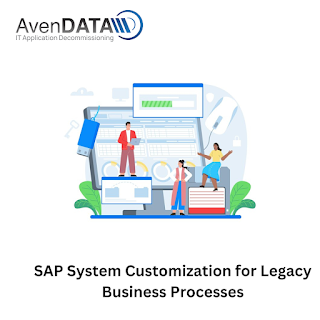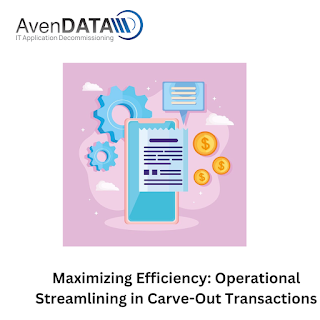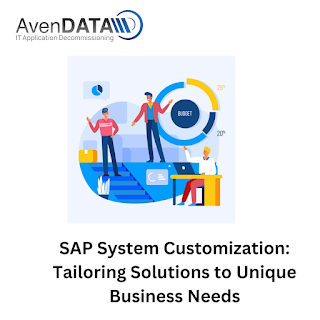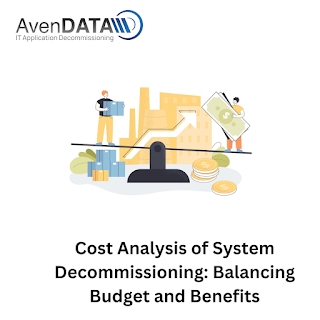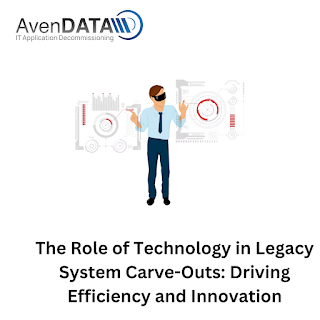Legacy Data Migration Techniques for IT Application Decommissioning
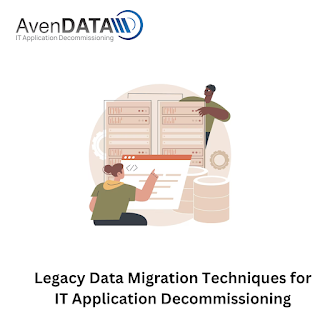
In the realm of IT application decommissioning , one of the most critical and challenging tasks is migrating legacy data to modern systems or archival platforms. This process involves transferring data from outdated applications to new environments while ensuring accuracy, integrity, and accessibility. Here, we delve into various techniques employed for legacy data migration in IT application decommissioning projects. 1. Extract, Transform, Load (ETL) Process: The ETL process is a common approach used to migrate data from legacy systems to modern ones. It involves three primary steps: extraction, where data is extracted from the legacy system; transformation, where data is converted into a compatible format; and loading, where transformed data is loaded into the target system. This method allows for data cleansing, restructuring, and enrichment to align with the requirements of the new system. 2. Direct Database Migration: For organizations with large volumes of data stored in database

